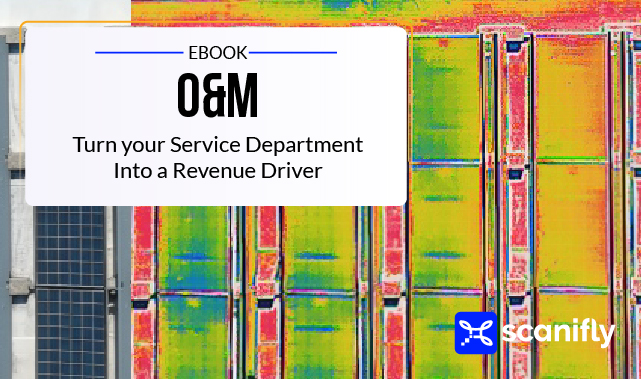eBook
Why Should Solar Installers Care About Maintenance?
A Guide to Turning Service Into a Revenue Driver
Solar is now the number one new energy source added to the grid.
However, during the ups and downs of the industry, contractors have gone out of business, leaving thousands of systems unsupported.
This sustained popularity of solar and rise in orphaned systems leads to a major issue and opportunity: operations and maintenance (O&M).
Goal of this eBook:
Build awareness around the growth opportunity and recommended hardware and software technology required to launch a revenue-generating O&M program.
Download now and turn your service visits into success stories!
Get Your Free Copy Now!

